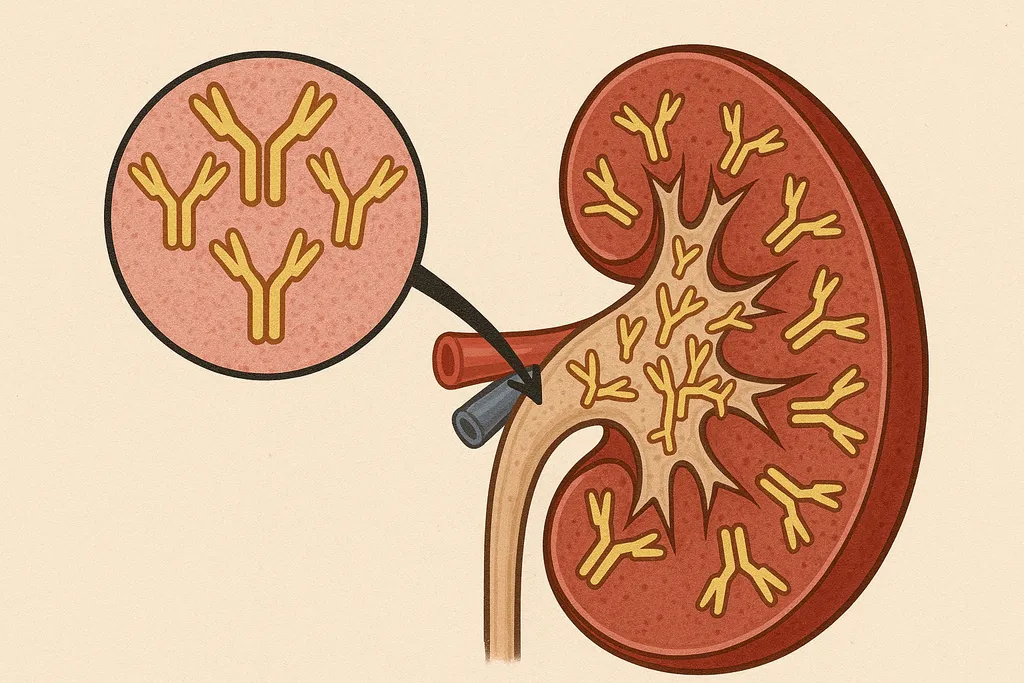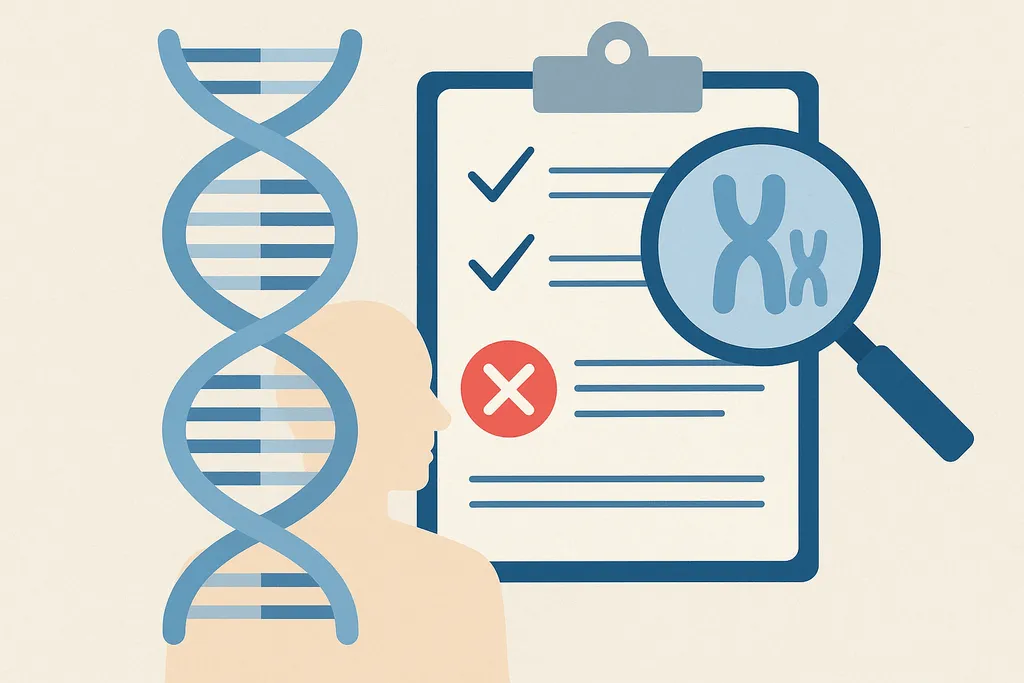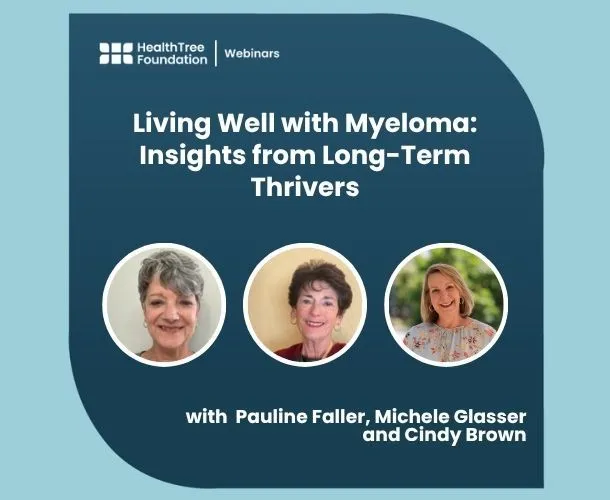Why Does Chemo Cause Hair Loss?

At the age of seventeen, one of my best friends was diagnosed with brain cancer. As she began chemo treatments the doctors explained that she would slowly lose her hair. Initially, that was frightening to her, but as she began to watch chunks of hair fall out as she brushed, she decided then and there that she would turn this negative trial into a positive blessing. She bought the cutest hats, learned how to braid the few strands of hair she had left, and was not ashamed of what was happening. I have never witnessed someone more confident and happy than her.
For any cancer patient, losing your hair to chemo or radiation is never easy. But, it always helps to better understand what is happening, and here are some common questions that may help:
Why does hair loss happen after chemo? Hair loss from chemotherapy or radiation happens when hair follicles are weakened by the treatment. This causes your hair to fall out much more quickly than it normally would.
When does hair loss happen? Depending on the type of treatment you receive, hair loss may start anywhere from seven to 21 days after treatment begins. For myeloma patients, the only medication that causes hair loss is high dose melphalan, used during stem cell transplant.
Where does hair loss happen? Chemotherapy may lead to hair loss on your legs, arms, underarms, pubic area, chest, eyelashes and eyebrows, in addition to your head. Hair loss from radiation affects only the part of the body being treated.
Will the hair grow back? Your hair will start to grow back once you are finished with treatment, but it may take six to 12 months to grow back completely. New hair may even have a different texture – for example, curly hair can grow back straight, and dark hair can grow in lighter. These changes are usually not permanent. However, radiation sometimes causes permanent hair loss.
Like I said before, it's never easy. But just like my best friend, anyone can turn a negative into a positive. At one point she even considered purchasing a wig. Many patients have found strength and empowerment in wearing a wig. For those who decide to do so, here are some tips that can help you find and wear the perfect wig:
Find the Perfect Wig - There are full-service wig salons that fit and style wigs. Some of these salons even specialize in helping women with treatment-related hair loss.
Use Double-Sided Tape to Keep Your Wig On - Many wigs have tape-tab materials called “stickies” that let you use double-sided tape to hold your wig in place. Ask your wig specialist for hypo-allergenic double-sided tape.
Consider wearing a scarf or turban - Wig salons often sell turbans and scarves that come in a variety of colors and fabrics. These can be worn out in public instead of a wig, depending on your preference, or for when you’re at your home.
Don't forget to find out if your health insurance company covers the cost of wigs. If so, make sure to save your receipt. If a wig is not covered, save your receipt anyway; the purchase qualifies as a medical tax deduction.
There are always difficulties attached to being a cancer patient. But what matters is how we handle the trials thrown our way. My best friend turned a negative into a positive, and so can you.
At the age of seventeen, one of my best friends was diagnosed with brain cancer. As she began chemo treatments the doctors explained that she would slowly lose her hair. Initially, that was frightening to her, but as she began to watch chunks of hair fall out as she brushed, she decided then and there that she would turn this negative trial into a positive blessing. She bought the cutest hats, learned how to braid the few strands of hair she had left, and was not ashamed of what was happening. I have never witnessed someone more confident and happy than her.
For any cancer patient, losing your hair to chemo or radiation is never easy. But, it always helps to better understand what is happening, and here are some common questions that may help:
Why does hair loss happen after chemo? Hair loss from chemotherapy or radiation happens when hair follicles are weakened by the treatment. This causes your hair to fall out much more quickly than it normally would.
When does hair loss happen? Depending on the type of treatment you receive, hair loss may start anywhere from seven to 21 days after treatment begins. For myeloma patients, the only medication that causes hair loss is high dose melphalan, used during stem cell transplant.
Where does hair loss happen? Chemotherapy may lead to hair loss on your legs, arms, underarms, pubic area, chest, eyelashes and eyebrows, in addition to your head. Hair loss from radiation affects only the part of the body being treated.
Will the hair grow back? Your hair will start to grow back once you are finished with treatment, but it may take six to 12 months to grow back completely. New hair may even have a different texture – for example, curly hair can grow back straight, and dark hair can grow in lighter. These changes are usually not permanent. However, radiation sometimes causes permanent hair loss.
Like I said before, it's never easy. But just like my best friend, anyone can turn a negative into a positive. At one point she even considered purchasing a wig. Many patients have found strength and empowerment in wearing a wig. For those who decide to do so, here are some tips that can help you find and wear the perfect wig:
Find the Perfect Wig - There are full-service wig salons that fit and style wigs. Some of these salons even specialize in helping women with treatment-related hair loss.
Use Double-Sided Tape to Keep Your Wig On - Many wigs have tape-tab materials called “stickies” that let you use double-sided tape to hold your wig in place. Ask your wig specialist for hypo-allergenic double-sided tape.
Consider wearing a scarf or turban - Wig salons often sell turbans and scarves that come in a variety of colors and fabrics. These can be worn out in public instead of a wig, depending on your preference, or for when you’re at your home.
Don't forget to find out if your health insurance company covers the cost of wigs. If so, make sure to save your receipt. If a wig is not covered, save your receipt anyway; the purchase qualifies as a medical tax deduction.
There are always difficulties attached to being a cancer patient. But what matters is how we handle the trials thrown our way. My best friend turned a negative into a positive, and so can you.

about the author
Allyse Shumway
MyelomaCrowd Editorial Contributor. Daughter to a parent with cancer.
More on Core Education
Trending Articles




Get the Latest Multiple Myeloma Updates, Delivered to You.
By subscribing to the HealthTree newsletter, you'll receive the latest research, treatment updates, and expert insights to help you navigate your health.
Together we care.
Together we cure.
3x Faster.













